Makita DLS212 User manual
Other Makita Saw manuals

Makita
Makita LS1040 User manual
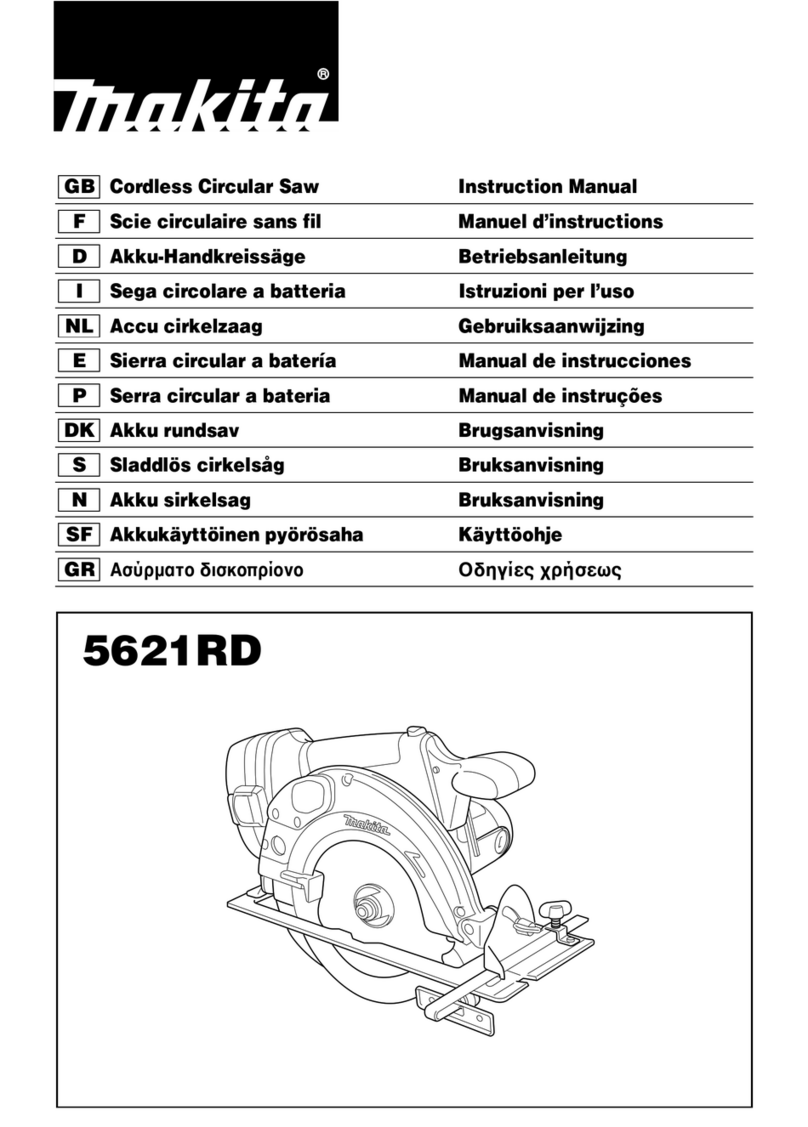
Makita
Makita 5621RD User manual
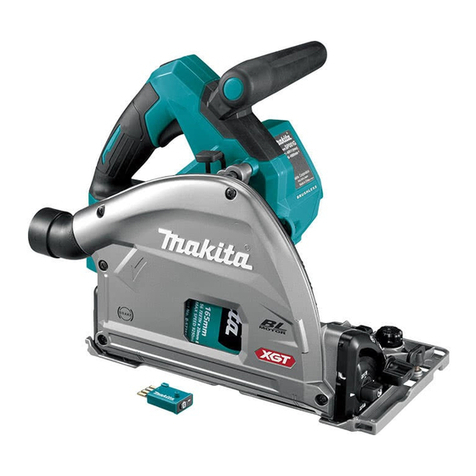
Makita
Makita SP001G User manual
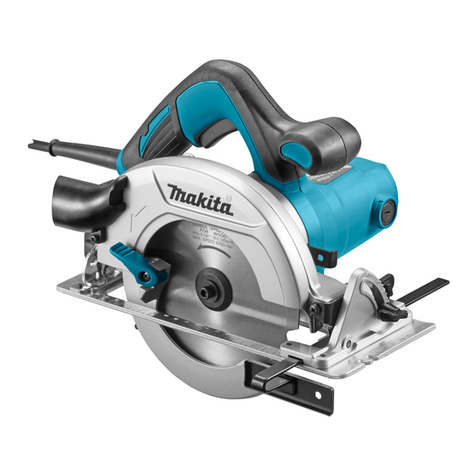
Makita
Makita HS6601 User manual

Makita
Makita LS0714 User manual

Makita
Makita 5201NA Operating and maintenance manual
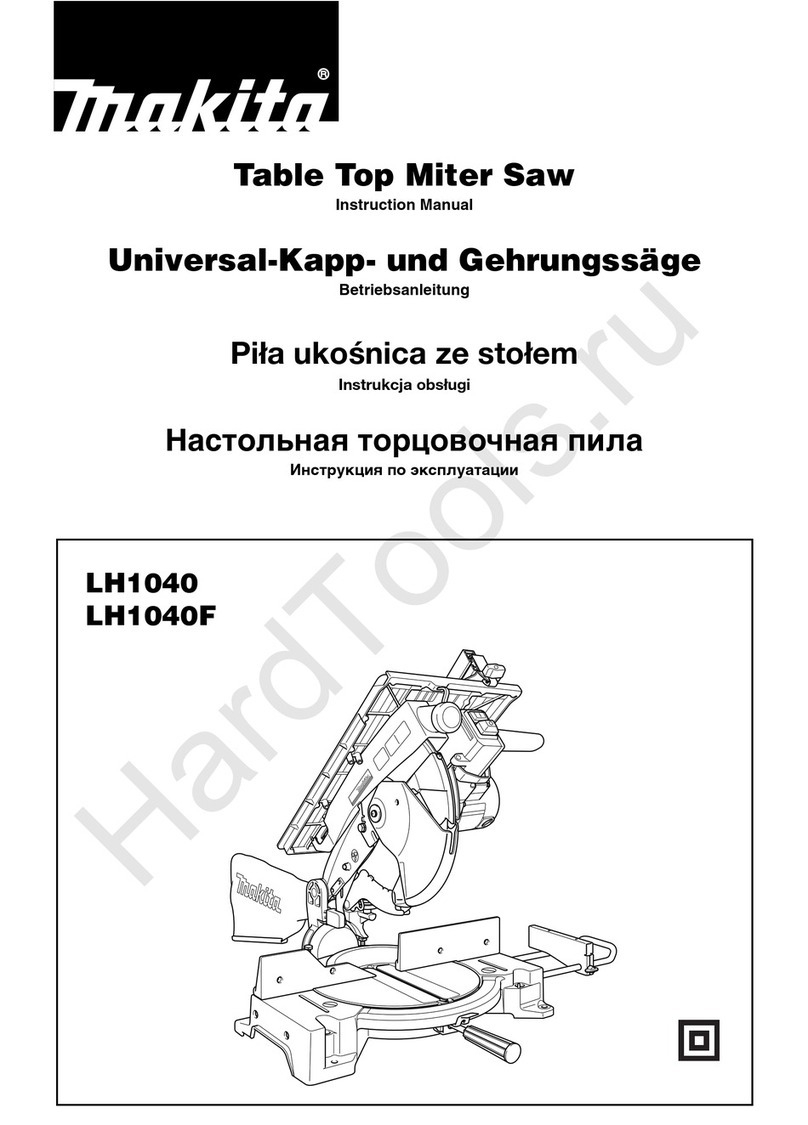
Makita
Makita LH1040 User manual
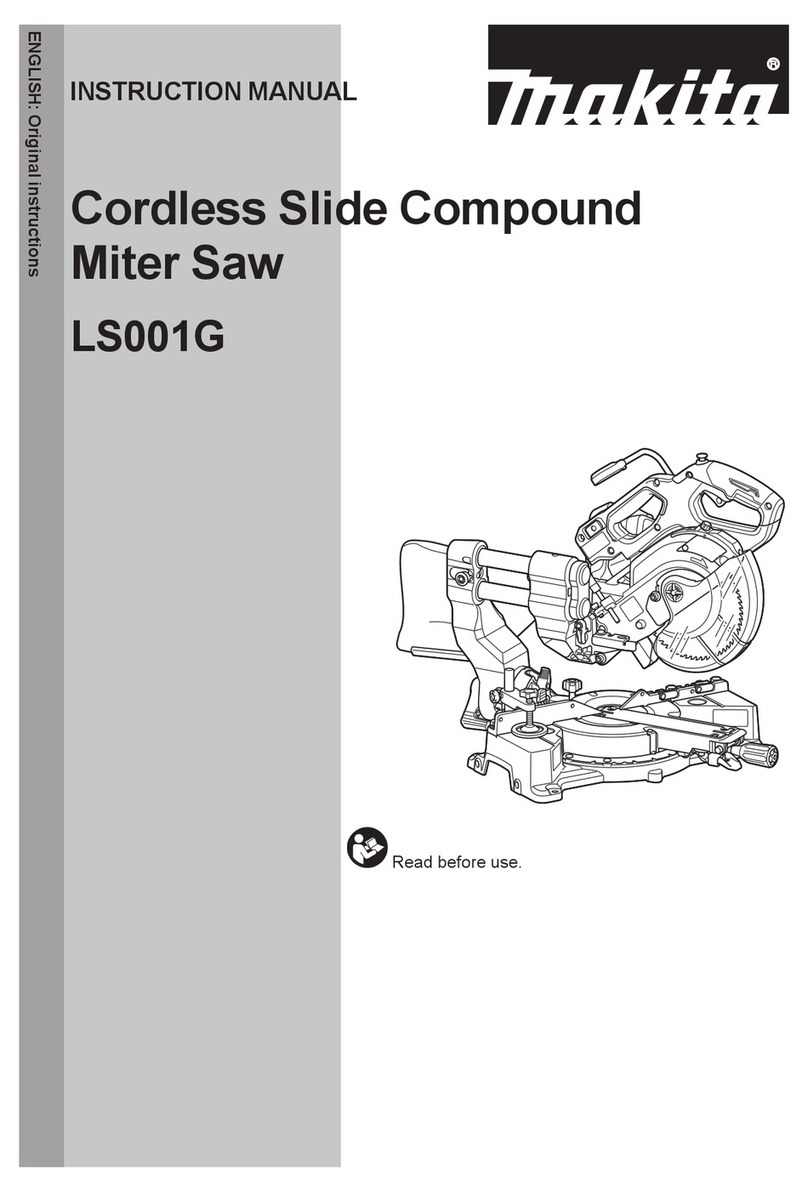
Makita
Makita LS001G User manual

Makita
Makita LS1013 User manual

Makita
Makita 5104 User manual
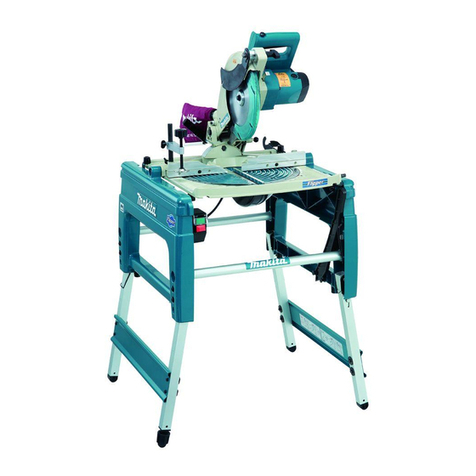
Makita
Makita LF1000 User manual
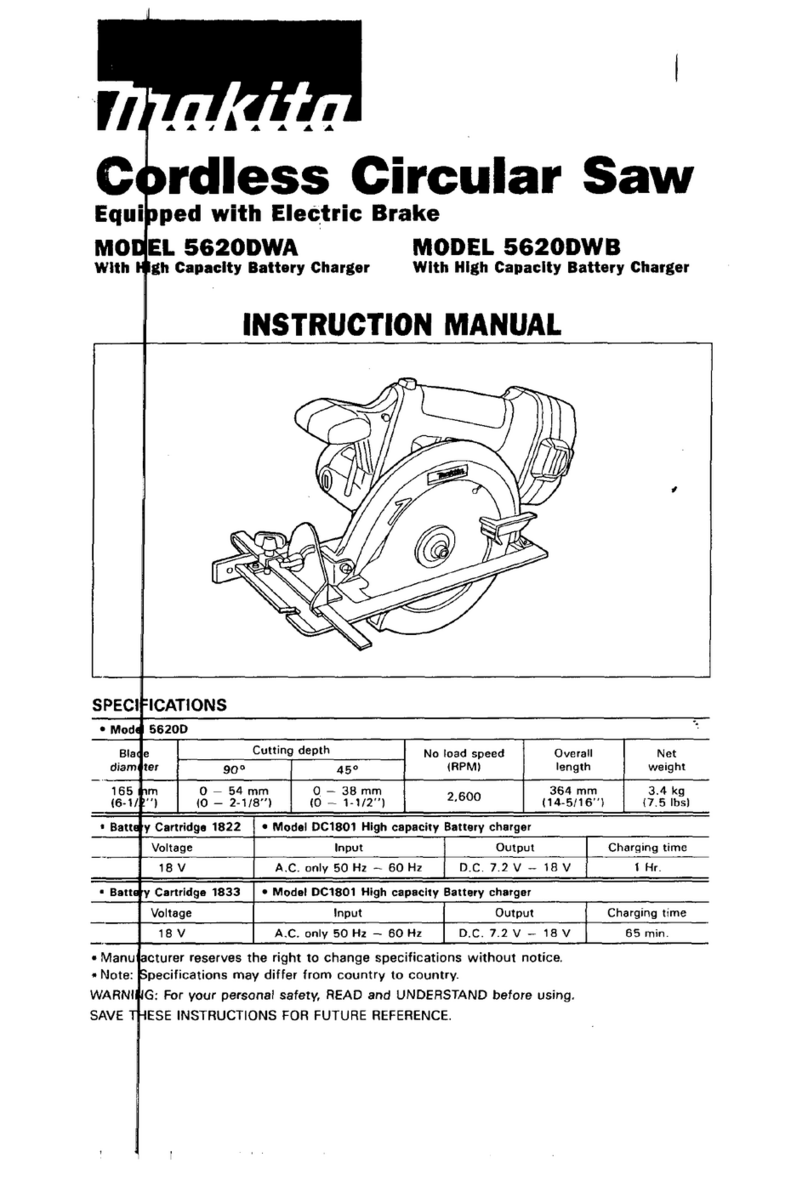
Makita
Makita 5620DWA User manual
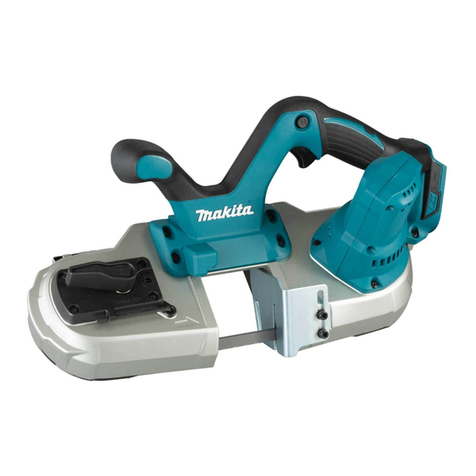
Makita
Makita DPB182 User manual
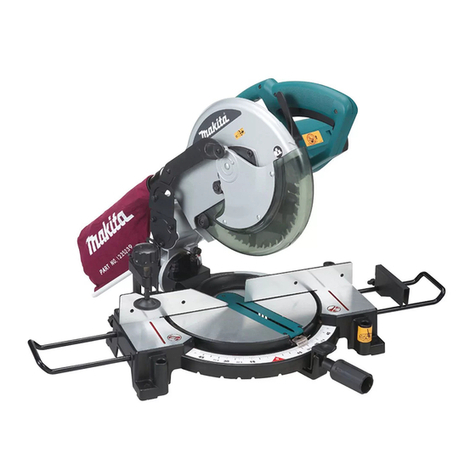
Makita
Makita MLS100 User manual
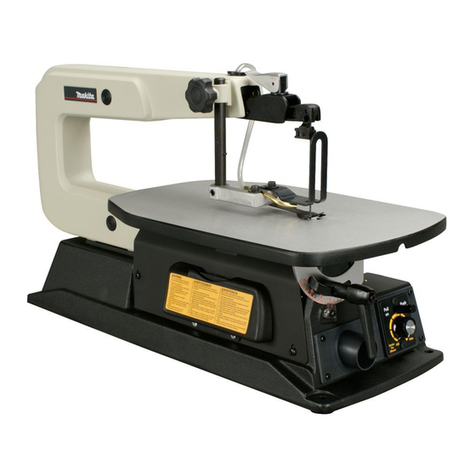
Makita
Makita SJ401 User manual

Makita
Makita LH1200FL User manual

Makita
Makita 5903RKX1 User manual

Makita
Makita DLS600 User manual
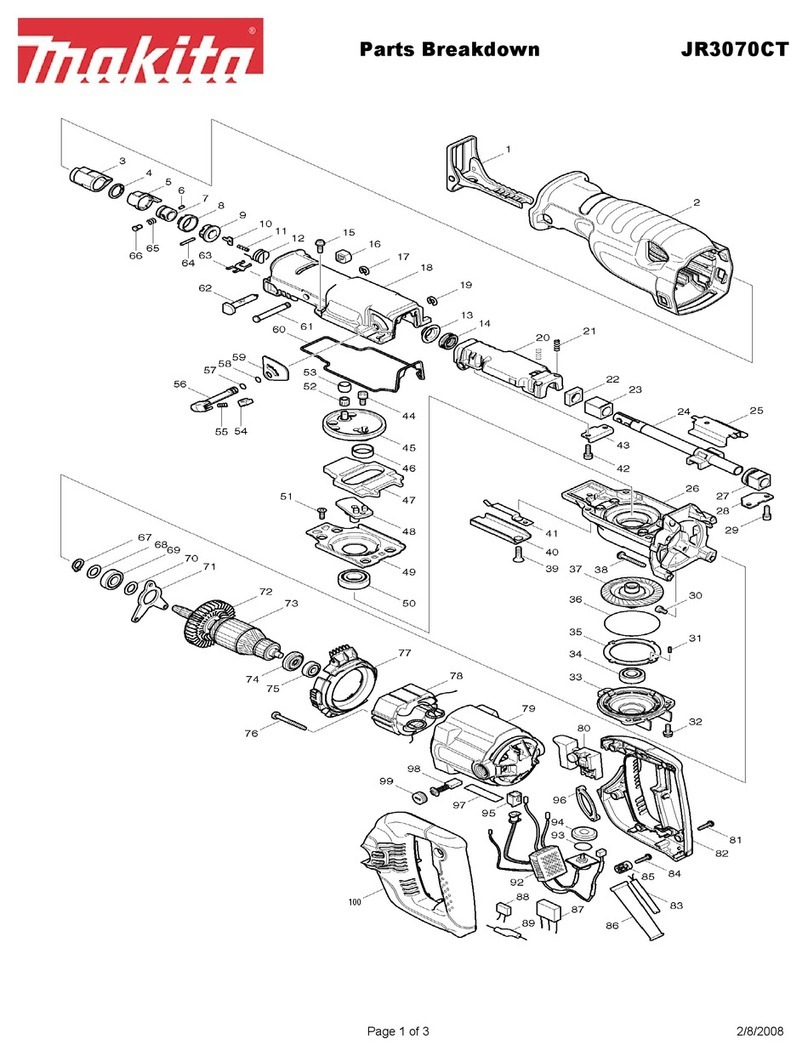
Makita
Makita JR3070CT Quick start guide

Makita
Makita DLS110 User manual































